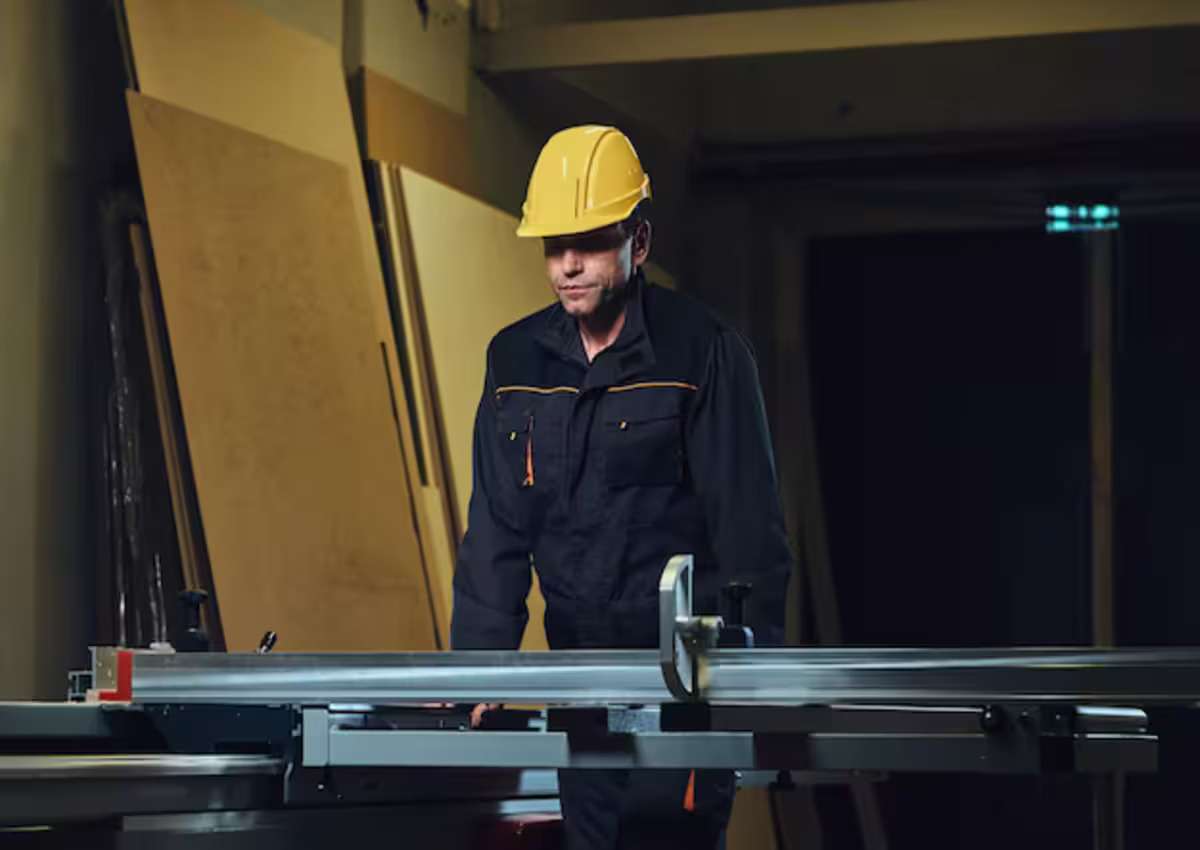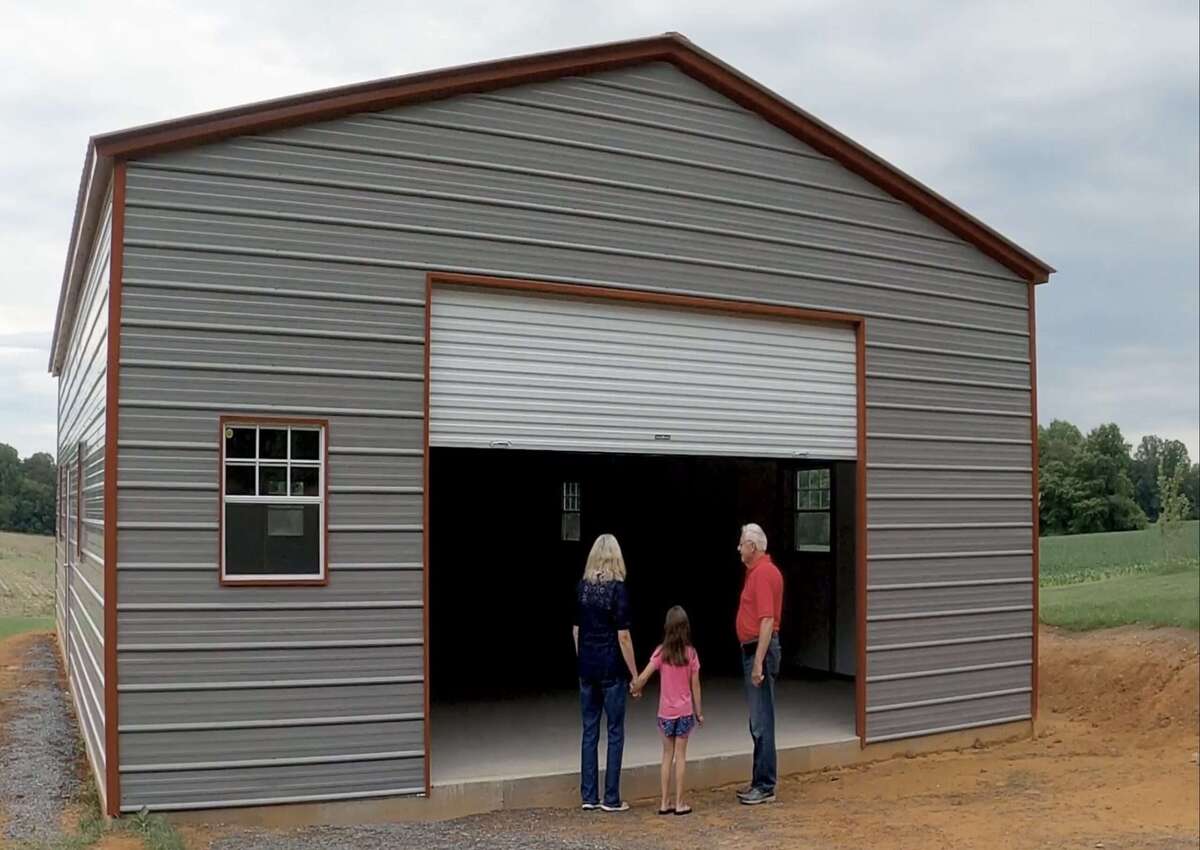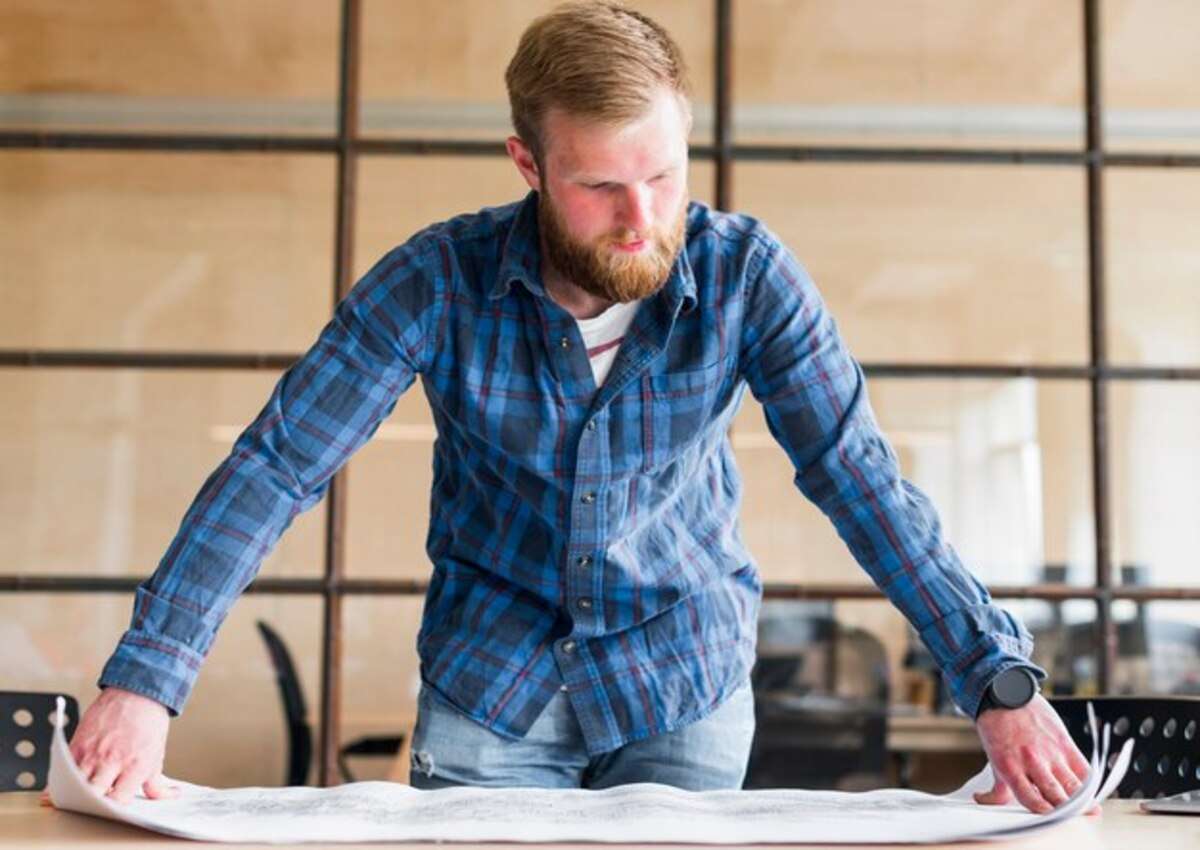Metal building design is a significant investment that requires careful planning and consideration. Whether you’re building a metal barn for agricultural purposes, storage, or other uses, the design and features you incorporate will have a lasting impact on the barn’s functionality and longevity. This article will guide you through the essential features to consider, ensuring that your metal barn meets all your current and future needs.

Purpose of Designing a Metal Barn
Understanding Your Needs
The first step in designing your metal barn is to clearly define its purpose. Metal barns are versatile structures that can be tailored to serve a wide range of needs, from housing livestock to storing equipment, or even functioning as a workshop. Understanding the primary function of the barn will guide every aspect of its design, from size and layout to the materials used.
Customization for Specific Functions
For instance, if your metal barn is intended for livestock, the design should prioritize ventilation, natural light, and ease of cleaning. If it’s primarily for equipment storage, you’ll need to focus on large doorways, security features, and efficient use of space. By clearly defining the barn’s purpose at the outset, you can ensure that the final design is both practical and effective.
Design and Construction Considerations
Building Style and Materials
The style of your metal barn is not only an aesthetic choice but also one that can affect its functionality. Traditional designs like gambrel roofs provide additional loft space, which can be useful for storage. In contrast, modern lean-to styles might offer more straightforward construction and a sleek appearance. The style you choose should complement your property’s overall look while meeting the practical needs of your barn.
Selecting Durable Materials
Material selection is another critical aspect of the design. Galvanized steel is a popular choice due to its durability and resistance to corrosion, especially in harsh weather conditions. For those looking for a more premium look, aluminum might be an option, though it comes with a higher price tag. Ensure that the materials you choose can withstand the environmental conditions typical of your area.

Essential Features of an ideal metal barn
Structural Integrity
Structural integrity is the backbone of your metal barn. It ensures that the barn can withstand the elements, including strong winds, heavy snow, and even seismic activity if necessary. The use of high-quality steel and proper construction techniques are crucial for a durable and stable structure. The foundation should be designed to support the weight of the barn and any additional loads it will carry, such as livestock, equipment, or hay.
Ventilation and Airflow
Proper ventilation is essential, particularly if the barn will house animals or be used for storing perishable items. Good airflow prevents the buildup of moisture, which can lead to mold, rust, and other issues. Incorporating natural ventilation systems, such as strategically placed windows, vents, and fans, can help maintain a consistent airflow, reducing the risk of respiratory issues in animals and keeping the interior environment comfortable year-round.
Lighting
Adequate lighting is crucial for the safety of both animals and workers. Natural light, provided through skylights or transparent roof panels, can reduce energy costs and create a more pleasant working environment. For times when natural light isn’t available, energy-efficient LED lighting should be installed to ensure that all areas of the barn are well-lit, reducing the risk of accidents and improving overall productivity.
Accessibility
The design of your barn should include easy access for both vehicles and animals. Wide doorways and clear, unobstructed paths are essential for the smooth movement of large equipment or livestock. The barn should be situated in a location that is easily accessible from other parts of your property, with well-maintained paths that can accommodate frequent use. Accessibility also extends to the design’s flexibility, allowing for future expansions or modifications as your needs change.
Flexibility and Future Expansion
As your needs evolve, so too should your barn. Incorporating flexibility into the design allows for future expansions or changes with minimal disruption. Modular construction techniques, removable panels, and adjustable partitions can all contribute to a barn that grows with your operation. This adaptability ensures that your initial investment continues to meet your needs for many years to come.
Selecting the Optimal Site
Choosing the right location for your metal barn is just as important as the design itself. The site should have good drainage to prevent flooding and be accessible for deliveries and farm operations. It’s also important to consider local building codes and environmental regulations to ensure compliance. The orientation of the barn can also impact its functionality; for example, positioning the barn to take advantage of prevailing winds can improve natural ventilation.
Environmental Considerations
When selecting a location, it’s essential to consider the environmental impact. The barn should be placed in a way that minimizes its footprint on the surrounding ecosystem. Considerations such as soil erosion, water runoff, and the impact on local wildlife should all be factored into your site planning. Additionally, think about how the barn will interact with other structures on your property and the overall landscape to create a cohesive and functional environment.
Planning Your Budget
A well-planned budget is critical to the success of your project. This includes accounting for materials, labor, permits, and any unexpected costs. It’s also wise to consider the long-term return on investment, particularly in terms of energy efficiency, maintenance, and the barn’s longevity. Exploring financing options, such as loans or grants, can also help manage the cost of construction without compromising on quality.
Cost-Saving Tips
To make the most of your budget, consider some cost-saving strategies. For example, opting for a pre-engineered metal building kit can reduce both material and labor costs. Additionally, choosing energy-efficient features such as LED lighting and proper insulation can lower long-term operational costs. It’s also worth investigating any local or federal incentives for sustainable building practices, which could provide financial assistance for your project.

Maintenance and Longevity
Planning for Durability
Once your metal barn is constructed, ongoing maintenance will be essential to ensure its longevity. Regular inspections of the structure for any signs of wear, such as rust or damage to the roof, can prevent minor issues from becoming major problems. Proper care of the barn’s interior, such as maintaining cleanliness and ensuring that ventilation systems remain unblocked, will also contribute to its long-term durability.
Weatherproofing and Insulation
To extend the lifespan of your metal barn, consider investing in weatherproofing measures. This could include sealing any gaps to prevent moisture ingress, using corrosion-resistant materials, and applying protective anti-corrosion coatings to exposed metal surfaces. Insulation is another critical factor, not just for maintaining a stable internal temperature but also for protecting the structure itself from the stresses of extreme temperature fluctuations.
Integrating with the Surroundings
While functionality is paramount, the appearance of your metal barn should not be overlooked. A well-designed barn can enhance the overall aesthetic of your property. Consider customizing the exterior with colors, finishes, and architectural details that match other structures on your property. Adding decorative elements like cupolas or custom signage can further personalize the space.
Enhancing Curb Appeal
If your barn is visible from the road or adjacent properties, consider how it contributes to the overall curb appeal of your property. Thoughtful landscaping around the barn, such as planting trees or installing a driveway, can make the barn an attractive feature rather than just a functional building. Additionally, selecting a design that complements the architectural style of your home or other nearby buildings can create a harmonious and visually pleasing environment.
Conclusion
Designing a metal barn involves a blend of thoughtful planning, attention to detail, and an understanding of both current and future needs. By carefully considering factors such as structural integrity, ventilation, lighting, and site selection, you can create a durable and efficient barn that serves its intended purpose while being adaptable for future expansions. Prioritizing flexibility in your design, investing in quality materials, and planning for maintenance will ensure your barn remains functional and resilient over the years. Whether your barn is for livestock, storage, or other uses, these essential features will help you build a space that enhances your operations and adds lasting value to your property.
Frequently Asked Questions (FAQs)
What is the most important feature to consider when designing a metal barn?
Structural integrity is crucial as it ensures the barn can withstand environmental conditions and provide long-lasting durability.
How can I ensure proper ventilation in my metal barn?
Incorporate natural ventilation systems like windows, vents, and fans, strategically placed to promote consistent airflow and prevent moisture buildup.
Is it possible to expand my metal barn in the future?
Yes, designing with modular construction techniques and removable panels allows for easy future expansions.
What materials are best for constructing a metal barn?
Galvanized steel is commonly used for its durability and resistance to corrosion, though aluminum may be considered for a more premium finish.
How can I reduce the long-term costs of maintaining a metal barn?
Opt for energy-efficient features like LED lighting, proper insulation, and weatherproofing to reduce operational and maintenance costs over time.


